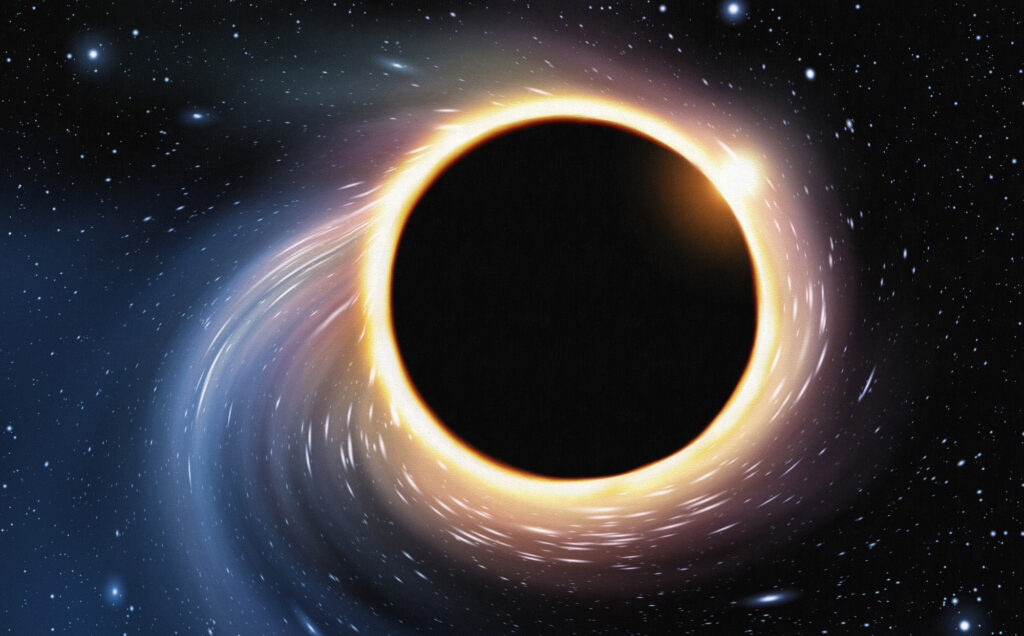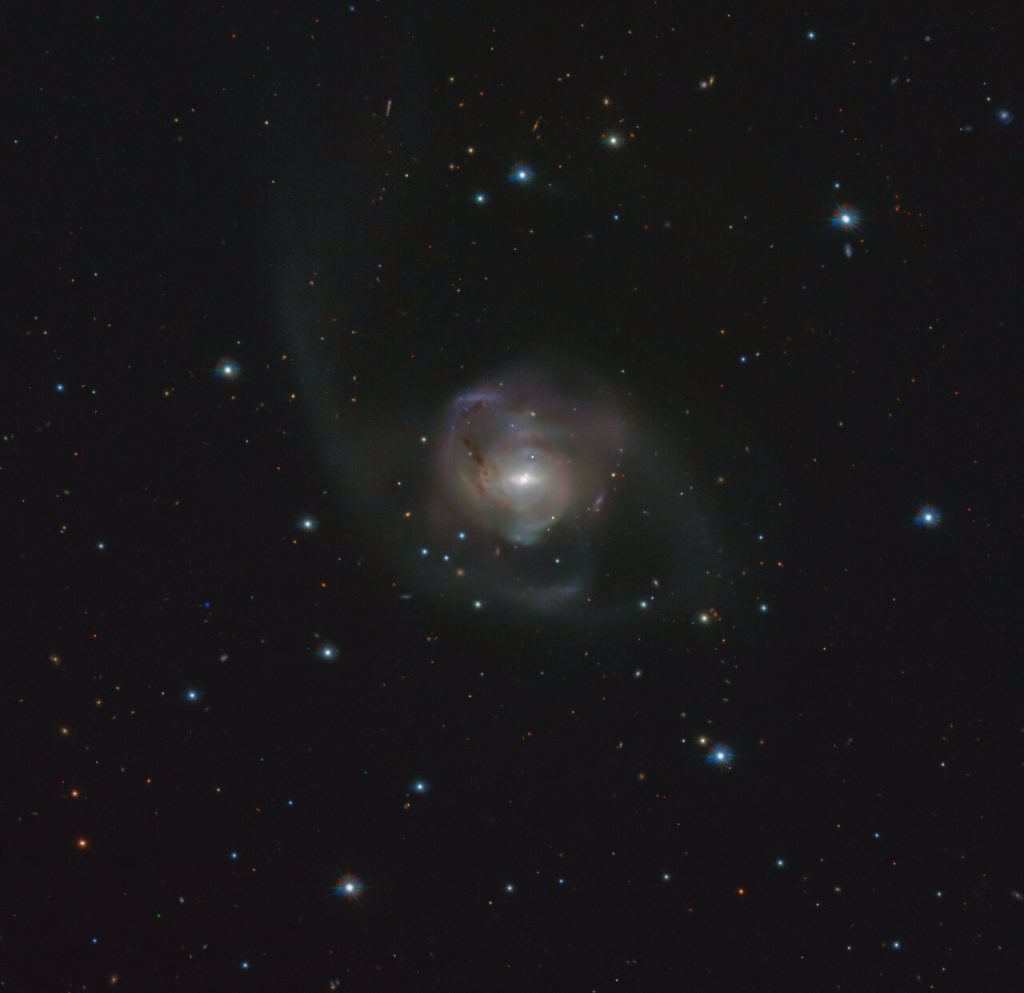¿Cuántos agujeros negros hay en el universo?
Mucho. Si una estrella es lo suficientemente pesada (es decir, sigue teniendo al menos 2,5 masas solares después de su supernova), sigue colapsando hasta que se forma un agujero negro. Estos agujeros negros de tamaño estelar se han estado formando durante bastante tiempo, y cada vez se forman más. ¿Cuántos hay ya? Esta intrigante cuestión ha sido abordada por Alex Sicilia, estudiante de doctorado bajo la supervisión del profesor Andrea Lapi y el doctor Lumen Boco de la Scuola Internazionale Superiore di Studi Avanzati de Italia. En un primer trabajo que acaba de publicarse en la revista Astrophysical Journal,…


